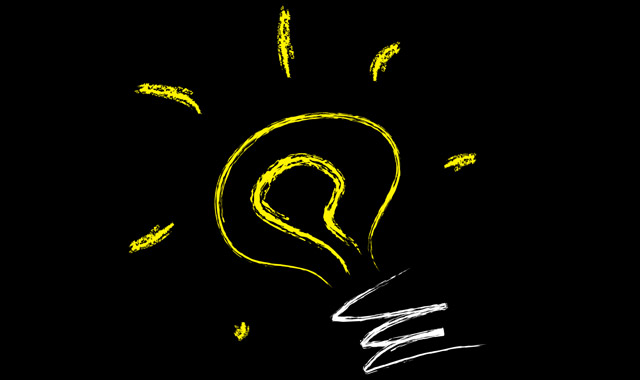
Eskom is ramping up efforts to improve its finances, with new agreements with defaulting municipalities and improved revenue collection from prepaid meters in Soweto.
It’s been a year since Eskom started its tough stance against municipalities that had stacked up a total municipal arrears debt greater than 30 days of R4,6bn by 31 March 2015.
Eskom CEO Brian Molefe was seconded to the power utility in April last year and quickly changed the company’s nice-guy attitude to defaulters, while at the same time trying to end the need for load shedding.
Almost to the day last year, Eskom announced plans to interrupt bulk electricity supply to the top 20 defaulting municipalities (affecting 3,8m people) across the country, forcing them to pay.
Within a month, it reached payment agreements with 10 out of 20 defaulting municipalities. Numerous threats — and at times implementation — of blackouts have been made since then to ensure other municipalities come to the party.
On Sunday, Eskom announced it had reached principle agreements with three municipalities in Mpumalanga — the Chief Albert Luthuli, Mkhondo and Thaba Chweu local municipalities.
“Eskom will continue to engage the remaining four municipalities (Goven Mbeki, Lekwa, Emakhazeni and Nkomazi local municipalities) and we are confident that the parties will reach reasonable repayment agreements,” it said.“However, should the agreements not be concluded within the week, Eskom will continue with the disconnection process.”
“Eskom is also finalising discussions with eMalahleni local municipality and we remain positive that an agreement will be concluded very soon.”
Eskom also got tough on its Soweto customers last year, pushing for the implementation of smart meters and cutting down on illegal connections that cost the utility R2bn/year in lost revenue.
Last week, Eskom said had it collected R33,6m in revenue from split prepaid meters in Soweto between July 2014 up to 28 February 2016.
It said it had “installed over 40 000 split prepaid meters and converted over 13 000 to prepaid mode”.
The power utility has also attempted to improve its finances through an increase in overall electricity prices, but has been prevented by energy regulator Nersa to up the rate too excessively.
Last month, Nersa approved a 9,4% electricity price increase for Eskom for the 2016 to 2017 financial year, rejecting Eskom’s claim for a higher tariff increase to compensate the utility for unbudgeted costs of diesel incurred during the 2013 to 2014 financial year.
Molefe disagreed with the Nersa decision, saying that “yet again” Nersa’s decision does not address the question of Eskom’s continued financial sustainability.
“We note with concern the decision on OCGTs (open-cycle gas turbines), which will guide Eskom’s operations in the future in terms of balancing the energy supply and demand in a bid to avoid load shedding”, said Molefe.
Government funding helped Eskom post a 22% increase in net profit for the six months ended 30 September 2015. This was helped by R60bn in government loans, which was converted to equity, and an additional R10bn equity injection.




